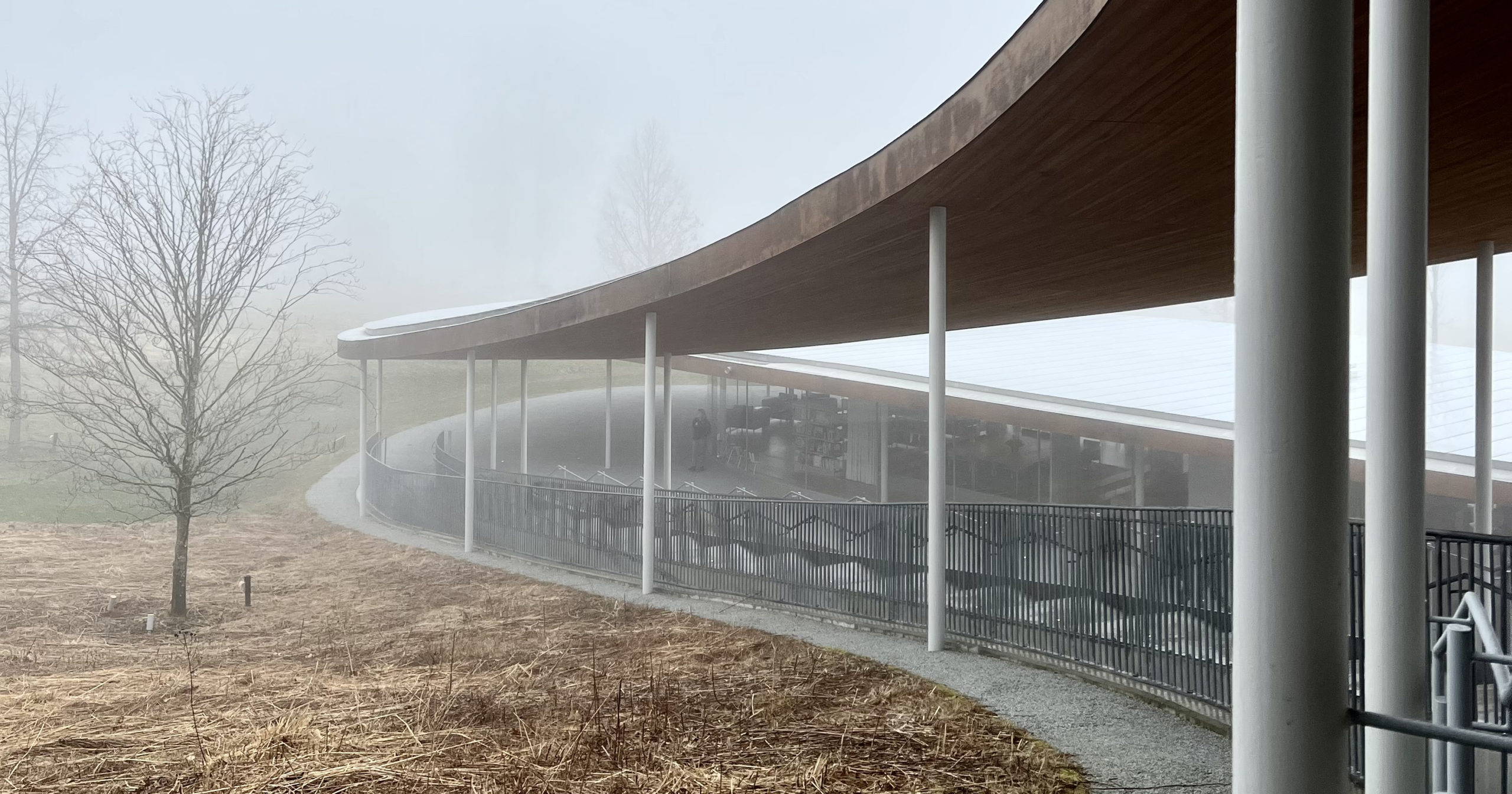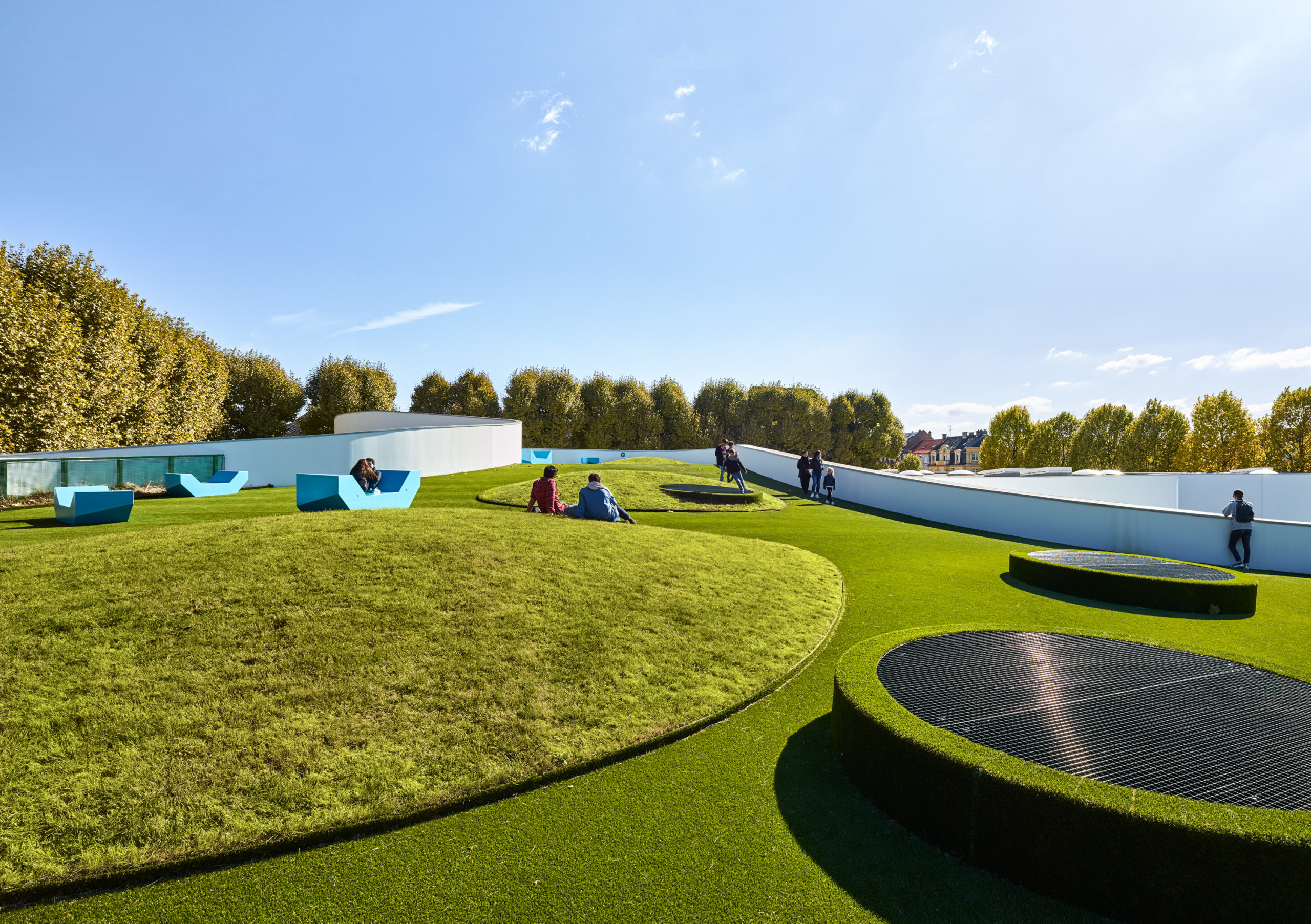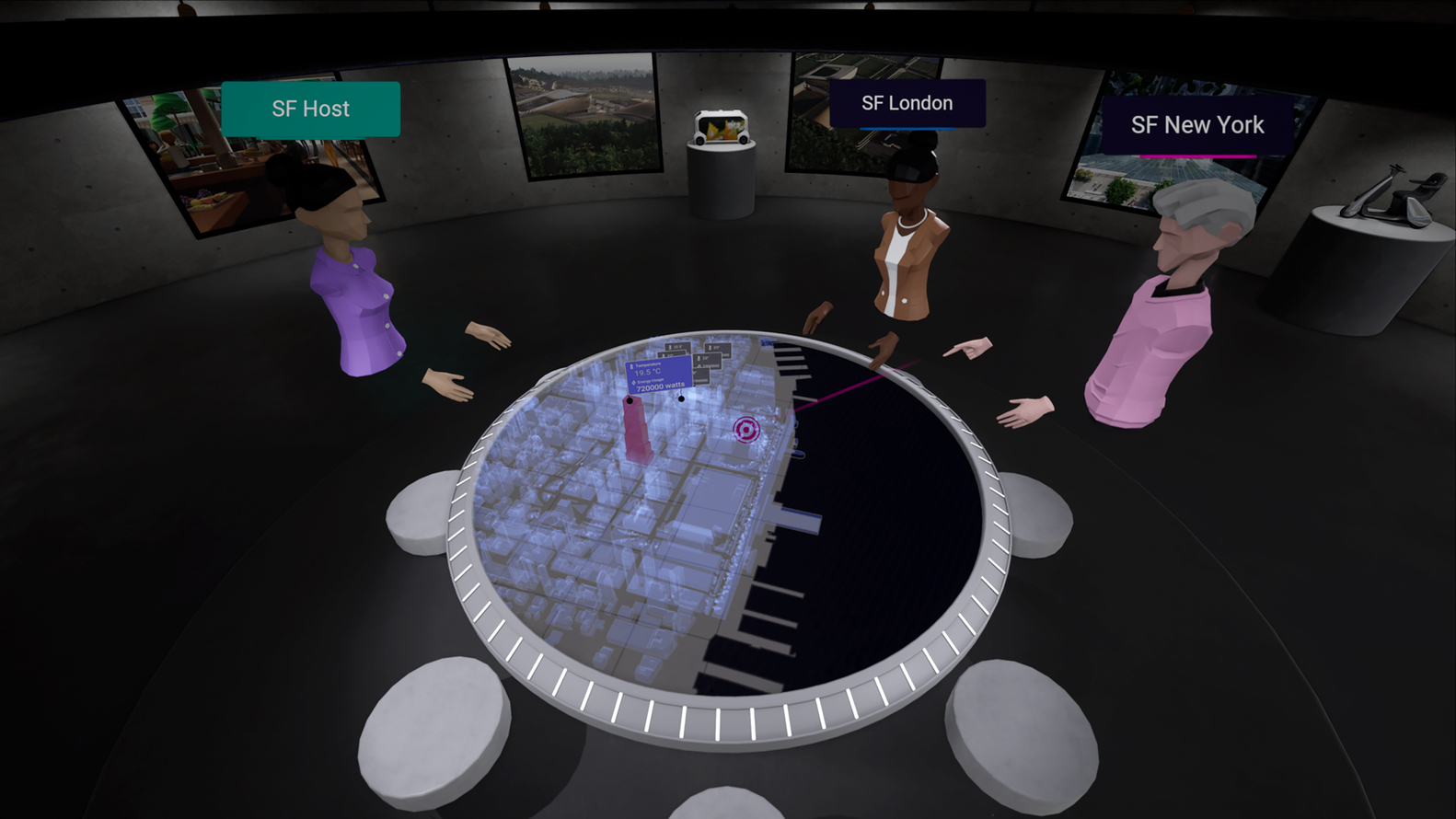Architects: Want to have your project featured? Showcase your work through Architizer and sign up for our inspirational newsletters.
On a balmy, overcast morning, a group of architects, engineers, academics, journalists and politicians descended upon Grace Farms. A dense fog clung to trees and rolling hills, blanketing the grassy earth in a thick haze. Over the crest of the hill, only small snippets of the famous SANAA-design building were visible as its rounded edges peeked through the misty mantle. For some of these architectural pilgrims, the obfuscating weather conditions could be read as the metaphor for the summit’s topic: the opacity of material supply chains in the building industry, which compartmentalizes and obscures the larger story of architecture.
While most in our profession can identify the pernicious aspects of a globalized industry, especially the use of forced labor and environmental consequences of construction projects around the world, fewer have considered the fact that most building materials —both raw and composite — are themselves produced in unjust conditions. Considering that our industry is entangled in the world’s largest global supply chain, the impact is almost unfathomable.
Recognizing this nearly invisible injustice, Sharon Prince, CEO and Founder of Grace Farms Foundation, and the late Bill Menking, Editor-in-Chief of The Architect’s Newspaper, founded Design for Freedom as “a movement to create a radical paradigm shift and remove slavery from the built environment.” Prince had experienced an awakening through her involvement with the design and construction of Grace Farms, when she realized that it was nearly impossible to trace the origins of most building materials.

All photos by Hannah Feniak
Think about the process that goes into the production of any given material. There are so many layers to any given supply chain and it is this segregation that helps to mask abuses that might happen further back in earlier tiers of the production process. While the problem can be attributed to the global economic structure, and it may seem bigger than architects, Design for Freedom was founded on the premise that architects have agency when it comes to holding major players accountable.
While the architecture industry has a long way to go when it comes to sustainability, the necessary paradigm shift towards green building has taken place and the revolution has happened more quickly than many could have imagined (albeit not quickly enough). Consider how, in just one decade, the way we use concrete has radically changed. In New York City, for example, additives were once unheard of but are now a very standard component of concrete poured in the city.
What if designers thought about embodied labor the way that they think about embodied carbon? As one speaker pointed out, over the next four decades the global built environment will multiply by substantially. Statistically speaking, it will almost be as if an entire new NYC is being built every month. This comes with both environmental and ethical implications. Indeed, forced labor and modern slavery almost never stand alone: they are often bound to power structures that emerge through forced displacement, gender and sexual violence, extractivism and more.
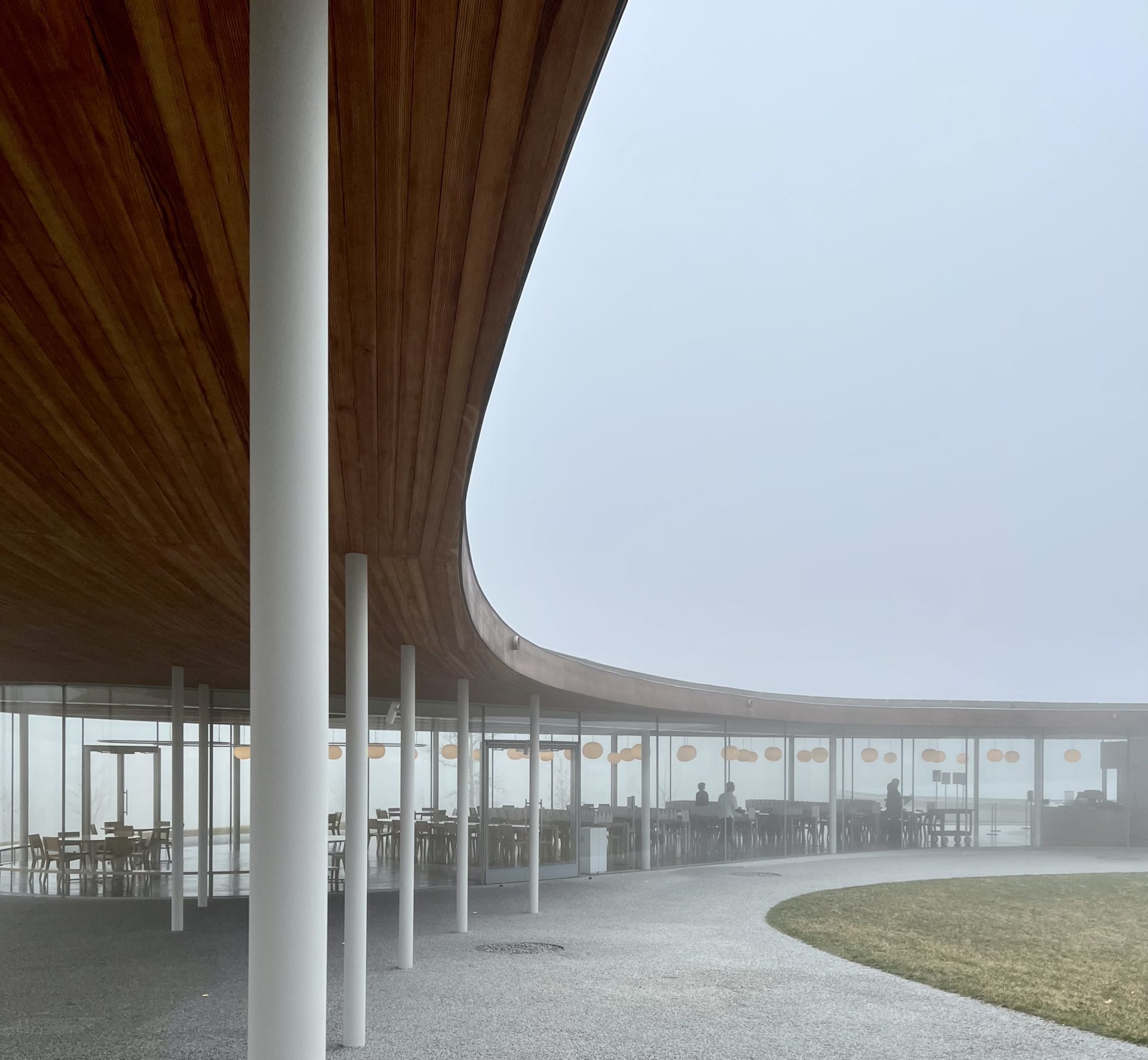 Recognizing the lack of awareness in the architectural profession, Patricia Saldaña Natke of UrbanWorks developed a new aspect to the syllabus for her 4th year studio class at IIT. In it, she asked her students to attempt to trace the supply chain of 11 standard building materials. The worst of their findings also may be one of the most ubiquitous: drywall. According to her 4th year studio’s research, approximately 90% of gypsum comes from Madagascar and India. In both countries, the extraction of this resource is done largely by child labor. What is more, the process leaks sulfates in ground water and hydrogen sulfites in water. This is not to mention the carbon cost of shipping heavy materials around the world, or the fact that only 20% of drywall is recycled.
Recognizing the lack of awareness in the architectural profession, Patricia Saldaña Natke of UrbanWorks developed a new aspect to the syllabus for her 4th year studio class at IIT. In it, she asked her students to attempt to trace the supply chain of 11 standard building materials. The worst of their findings also may be one of the most ubiquitous: drywall. According to her 4th year studio’s research, approximately 90% of gypsum comes from Madagascar and India. In both countries, the extraction of this resource is done largely by child labor. What is more, the process leaks sulfates in ground water and hydrogen sulfites in water. This is not to mention the carbon cost of shipping heavy materials around the world, or the fact that only 20% of drywall is recycled.
Patricia is one of 60 industry leaders and experts that have regularly gathered as the Design for Freedom Working Group — first held in person, at Grace Farms, and later over Zoom. Their discussions have laid the crucial groundwork for the inaugural summit aimed at a reckoning in the field of architecture and building materials.
Part of the challenge is recognizing the complicity of the profession, which by valorizing certain aspects of design may obfuscate others. For example, many designers are thinking and telling stories about the ethical and social dimensions of their designs from a user and end-product perspective. Yet, there is a certain hypocrisy, for lack of a better word, to celebrating community-oriented and sustainably designed buildings when, looking back, their very structure is made possible by forced labor that perpetuates injustices in areas of social conflict and environmental instability. Looking backwards and embedding stories about material production, procurement and construction processes into architecture should be an extension of this type of human-oriented design thinking.
 Could this radial transparency also make buildings more compelling to users and consumers of architecture who are also in the dark about the human cost of the buildings we frequent? (As one speaker pointed out, this should matter like hell to the wider population, who spend on average over 90% of their time indoors). However, incorporating these material stories into our stories about buildings is not so straightforward. Remember the fog metaphor. It is rarely a simple task to see the supply chain in full. One of the crucial first questions that designers must ask is, How far back do I go? That is, how far can you go back to prove that any given material doesn’t contain one specific ingredient from one specific producer that has relied upon human coercion for production?
Could this radial transparency also make buildings more compelling to users and consumers of architecture who are also in the dark about the human cost of the buildings we frequent? (As one speaker pointed out, this should matter like hell to the wider population, who spend on average over 90% of their time indoors). However, incorporating these material stories into our stories about buildings is not so straightforward. Remember the fog metaphor. It is rarely a simple task to see the supply chain in full. One of the crucial first questions that designers must ask is, How far back do I go? That is, how far can you go back to prove that any given material doesn’t contain one specific ingredient from one specific producer that has relied upon human coercion for production?
Like fashion and food — two industries well ahead of architecture in their socio-ethical reckonings — a labeling system on building products could go far in helping architects make more mindful choices. These could incorporate carbon costs, health consequences and social ethics to help create a more holistic approach to sourcing in the production of architecture. The caveat is that these labels get out of date rather quickly. Also, as Who Builds Your Architecture? has pointed out in the past, simply divesting from unethical labor situations can hurt those who are most vulnerable in these unjust systems. If the reality of widely implementing these labels is far off, at the very least architects could begin by creating some sort of social specifications on buildings.
 Likewise, sometimes these labels aren’t as straightforward as they may appear. As Michael Green of Michael Green Architecture points out, timber is often pointed to as a sustainable and low carbon option. Yet, when it comes to the human cost, timber ranked quite high (4th) in Patricia’s class’ list of materials with problematic supply chains. The material also serves as a cause study that trusting the certification isn’t always straightforward.
Likewise, sometimes these labels aren’t as straightforward as they may appear. As Michael Green of Michael Green Architecture points out, timber is often pointed to as a sustainable and low carbon option. Yet, when it comes to the human cost, timber ranked quite high (4th) in Patricia’s class’ list of materials with problematic supply chains. The material also serves as a cause study that trusting the certification isn’t always straightforward.
Think about it: often, a piece of wood isn’t simply cut and milled in the same place; rather, it is shipped around for various portions of the refinement process. Because of this supply chain, a Forest Stewardship Council (FSC) certification, considered a gold standard for sustainably sourced wood, can be granted to producers who source wood that, further back in the supply chain, was harvested by forced labor (specifically in Russia). Meanwhile, the United States is not immune to such contradictions. For example, prison labor is still regularly used, at the cost of $1/day, to make furniture. The Canadian wood industry also has a record of human exploitation of migrants dating back to 2010.
All of this suggests that the task for architects will not be easy. Still, designers should not be deterred from taking part in this paradigm shift. One of the recurring themes of the Design for Freedom summit was the seeming impossibility of realizing architecture without some level of reliance on slave labor. Instead, many discussions highlighted the value of aiming for the highest percent possible. To achieve this, architects can start by using as few materials as possible (this makes the task of tracking their origins less daunting). While this might be easier for West Coast architects than those from other places, Michael evoked the 100 mile radius for food. Sourcing locally, you have a much better chance at ethical procurement. Likewise, some smaller manufacturers who do not have these credentials might be ethical but also don’t have the money as a small business to advertise or certify.
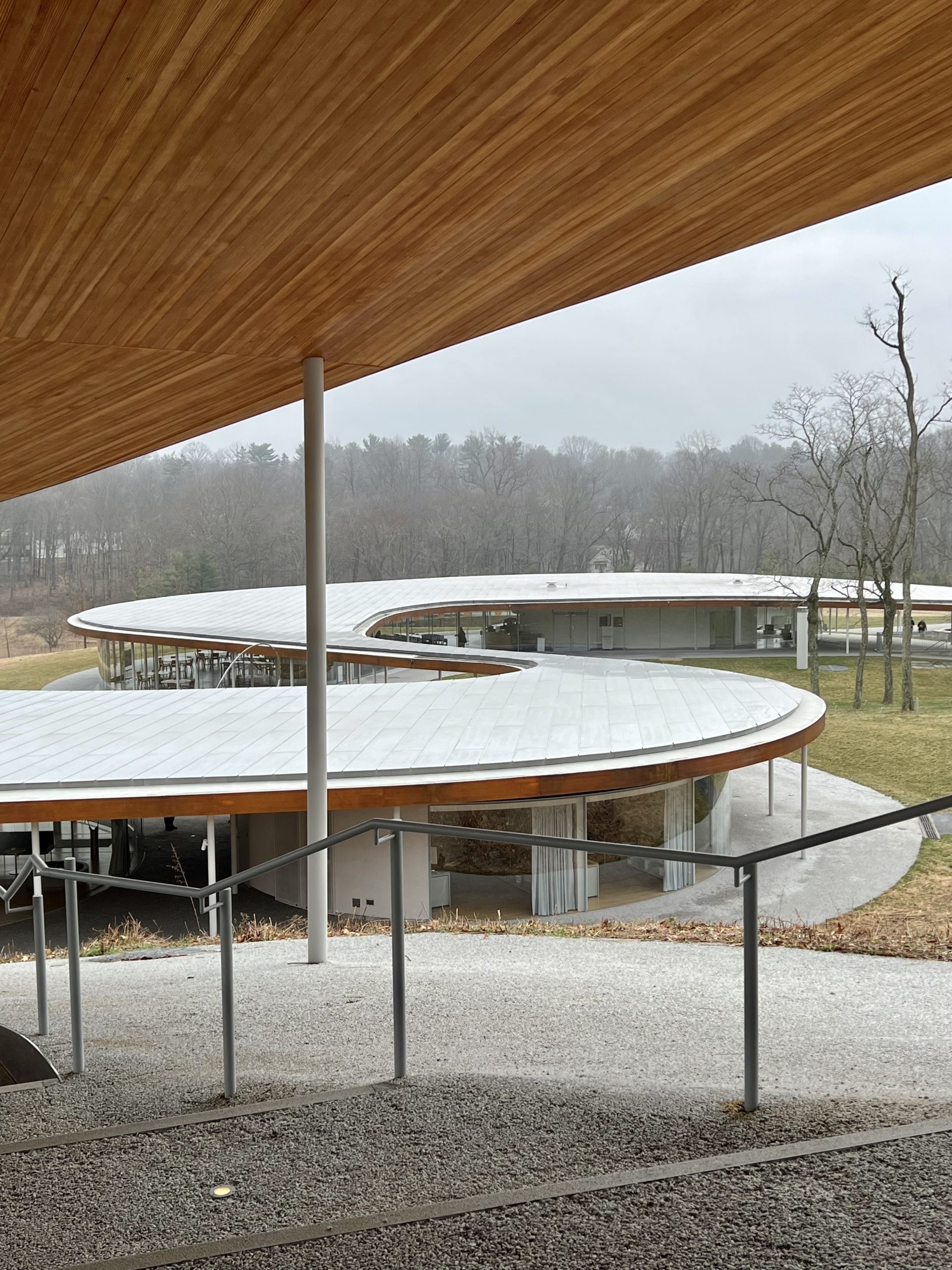 While all of these shades of nuance make the task seem even more elusive, the working group has come up with a sort of materials roadmap to help start the movement. At the end of the summit, the Design for Freedom Toolkit was made available as a free download for anyone who seeks a jumping off point for implementing ethical, forced labor-free material sourcing strategies in design practice. In addition to comprehensive information about more than a dozen materials that are ubiquitous in construction and are most at-risk of forced labor, the document also contains relevant certifications and standards related to ethical materials choices, a supplier questionnaire and sample specifications.
While all of these shades of nuance make the task seem even more elusive, the working group has come up with a sort of materials roadmap to help start the movement. At the end of the summit, the Design for Freedom Toolkit was made available as a free download for anyone who seeks a jumping off point for implementing ethical, forced labor-free material sourcing strategies in design practice. In addition to comprehensive information about more than a dozen materials that are ubiquitous in construction and are most at-risk of forced labor, the document also contains relevant certifications and standards related to ethical materials choices, a supplier questionnaire and sample specifications.
Equity is a recurring critique of sustainability, and this can also hold true when it comes to ethically sourced materials, which small firms and low-cost affordable projects many assume will come with an increased budget. Yet, one speaker asserted that forced labor is not always used to cut costs. Oftentimes, the money not spent on fair wages actually just accumulates in the pockets of the producer, rather than saving the consumer anything. Another rebuttal in the world of fashion that can equally be applied to the building industry is related to quality and circular systems: long life cycle products can be cheaper in the long run. Maybe most importantly of all, architects can approach and frame ethical sourcing as a vital consumer opportunity, encouraging clients to invest in a more fair future.
Grace Farms and Design for Freedom are leading by example by acting as a responsible materials consultant for four pilot projects that will model transparency in the supply chain: the 21st Serpentine Pavilion Black Chapel designed by Theaster Gates, Shadow of a Face, a monument of Harriet Tubman by Nina Cooke John, the New Canaan Library, and Temporal Shift, a sculpture by Alyson Shotz. A new pilot project, the first in Asia, was announced during the summit. The Serendipity Arts Center will be located in New Delhi, India and will be designed for accessibility, inclusion, sustainability fairness , the same principles represented by the others. All four will be free and open to the public, offering tangible examples for architects to follow and also setting a barometer for consumers of architecture to demand justice in the fabric of the buildings they inhabit.
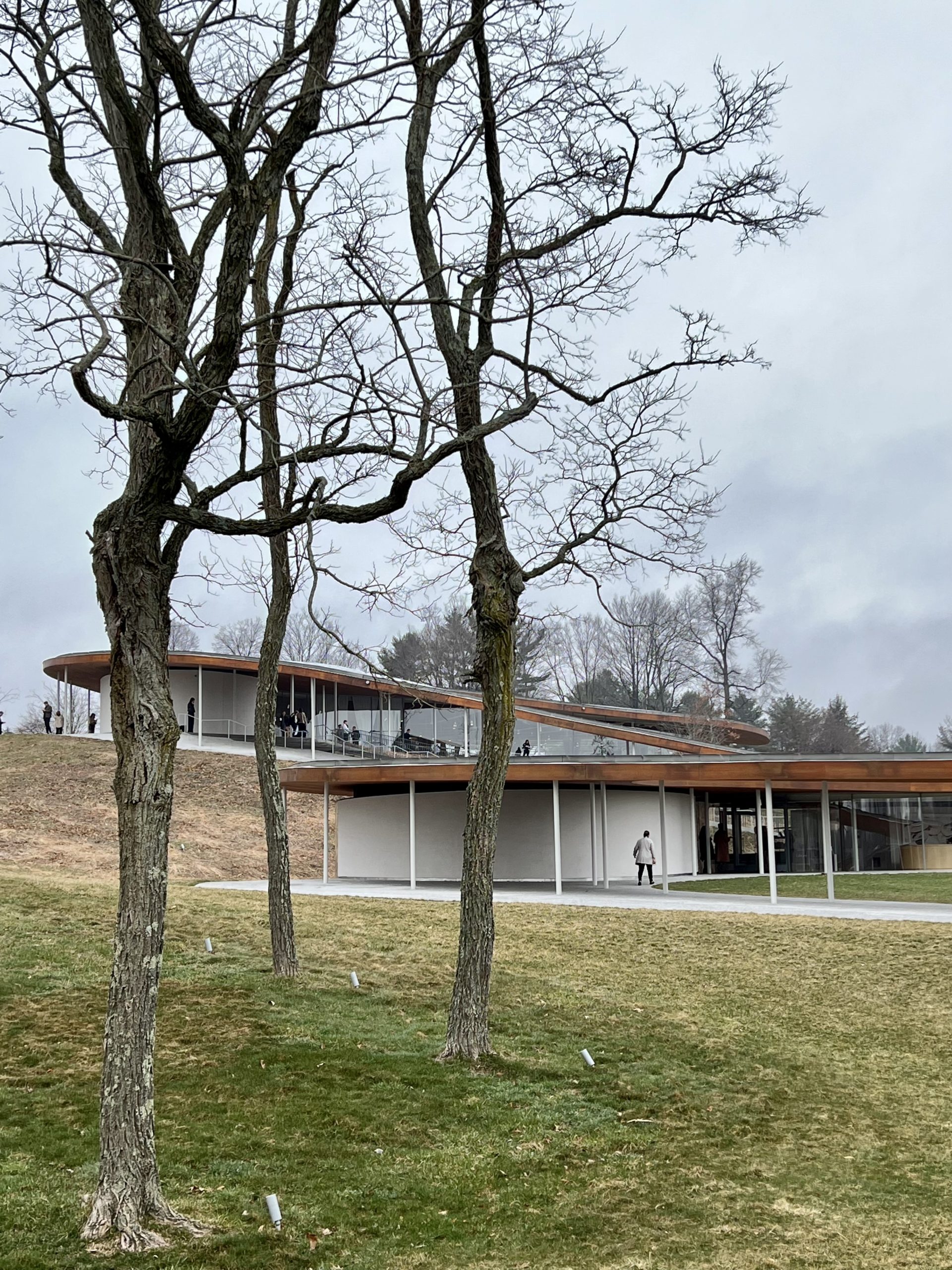 Materials have long been embedded in the stories that we tell about architecture. Consider the power of the Seagram’s building as a point of orientation in the history of post-war modernism. Mies’ inspiring bronze I-beams are usually cast in a leading role with a script that foregrounds aesthetics and structural expression. Yet, Kiel Moe has recently asked: What if, instead, the character of the “bronze” I-beam was given a more 3-dimensional (and antagonistic) role; one that also acknowledged the problematic relationship that the building has to a history of extraction in the Global South. (His book demonstrates that they are actually made of brass —ie. copper and zinc — that was probably mined in Chile’s Atacama Desert, to the detriment of the nearby town).
Materials have long been embedded in the stories that we tell about architecture. Consider the power of the Seagram’s building as a point of orientation in the history of post-war modernism. Mies’ inspiring bronze I-beams are usually cast in a leading role with a script that foregrounds aesthetics and structural expression. Yet, Kiel Moe has recently asked: What if, instead, the character of the “bronze” I-beam was given a more 3-dimensional (and antagonistic) role; one that also acknowledged the problematic relationship that the building has to a history of extraction in the Global South. (His book demonstrates that they are actually made of brass —ie. copper and zinc — that was probably mined in Chile’s Atacama Desert, to the detriment of the nearby town).
By the end of the day, after ample solution-focused discuss, the dense fog over New Canaan had began to lift. Over 45 million people around the world are working under forms of coercion and modern day slavery — over 70% of which are women. Forced labor and human trafficking is an estimated $150 billion industry. Yet, there are over 200 million post secondary students set to enter the global labor force in the coming decades. If they are told different stories, ones that foreground these types of injustices like those material histories that Patricia’s class unveiled, then large scale change doesn’t seem quite so impossible.
Yet, we can’t leave the revolution to pedagogy or the next generation. One of the biggest takeaways from the summit was that practicing architects aren’t passive. They have all the tools to make the decisions and do the research; they must be leaders who arm themselves with information. Likewise, everyone else in the industry, including journalists like myself, can all be that connection point towards market transformation. It’s all about gearing the stories we tell towards lifting that dense mantle of fog.
Architects: Want to have your project featured? Showcase your work through Architizer and sign up for our inspirational newsletters.
